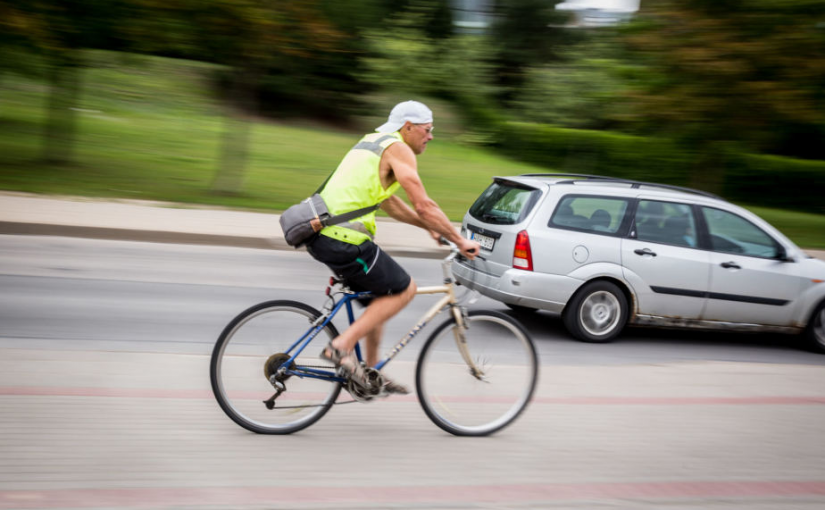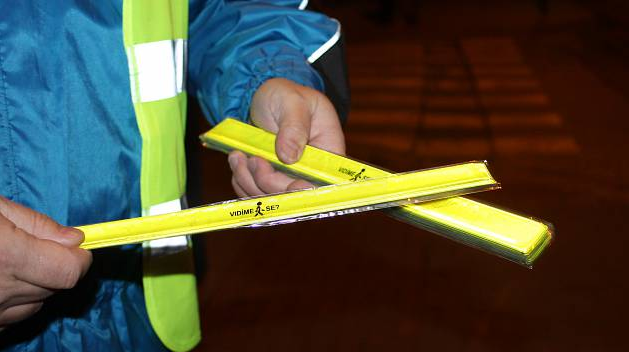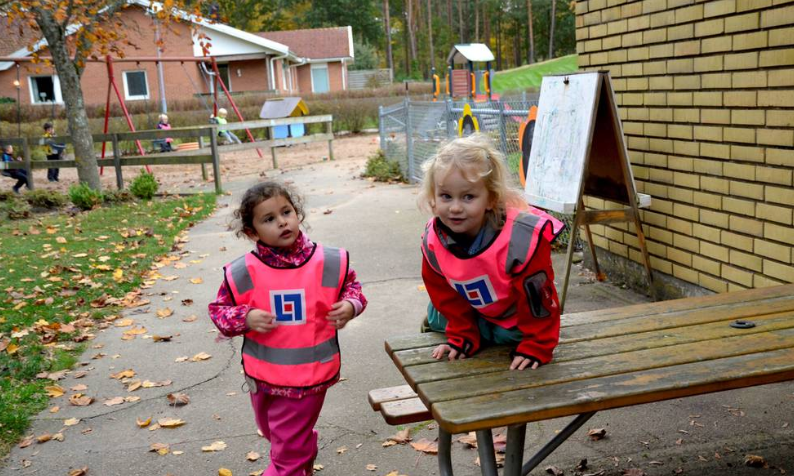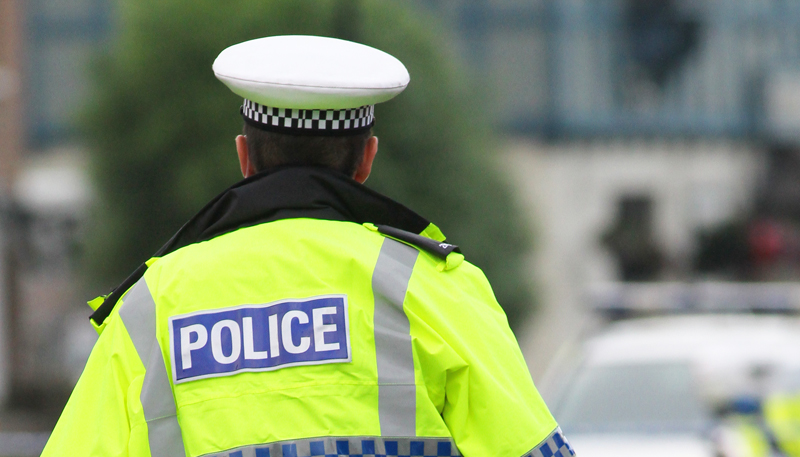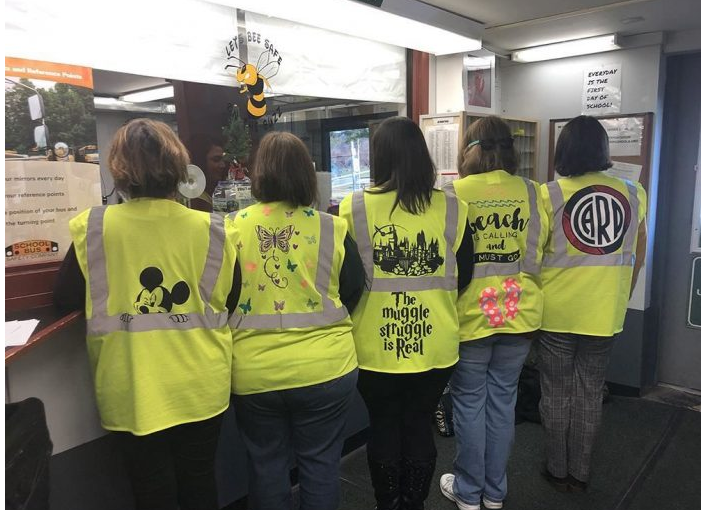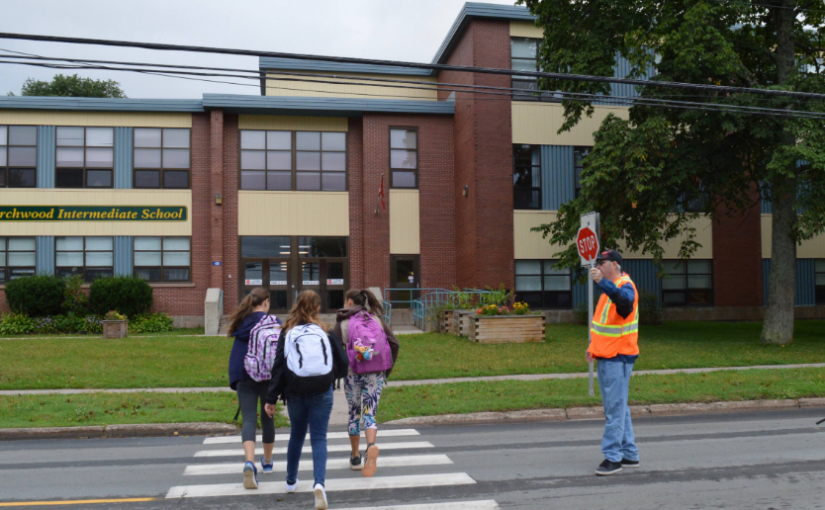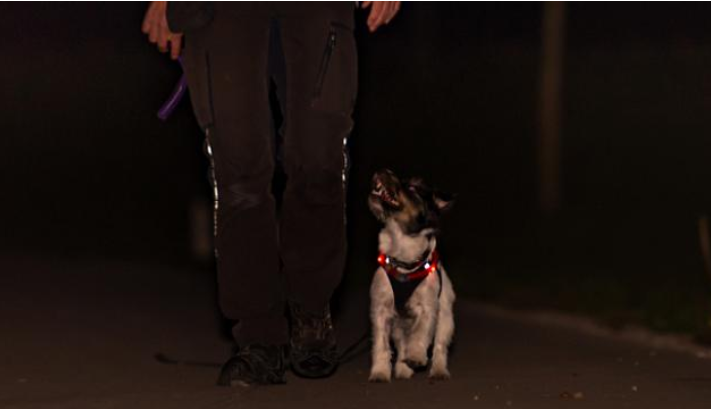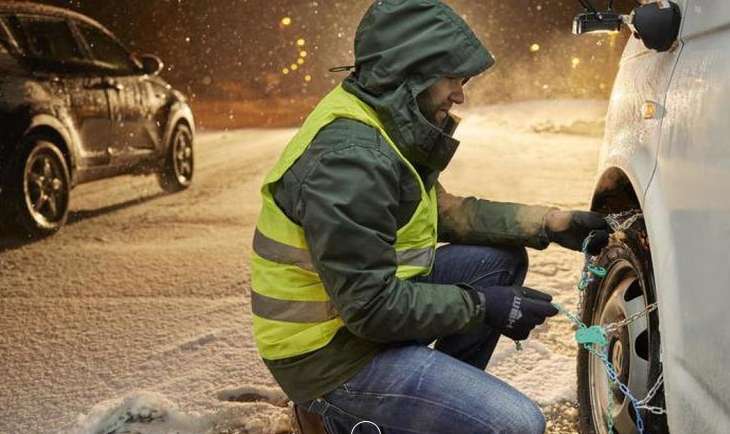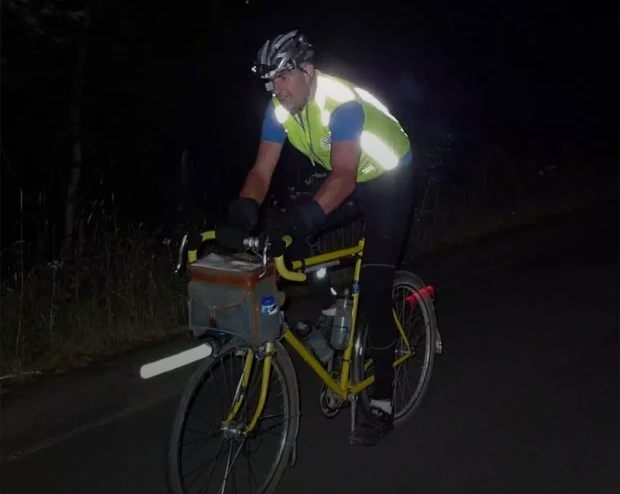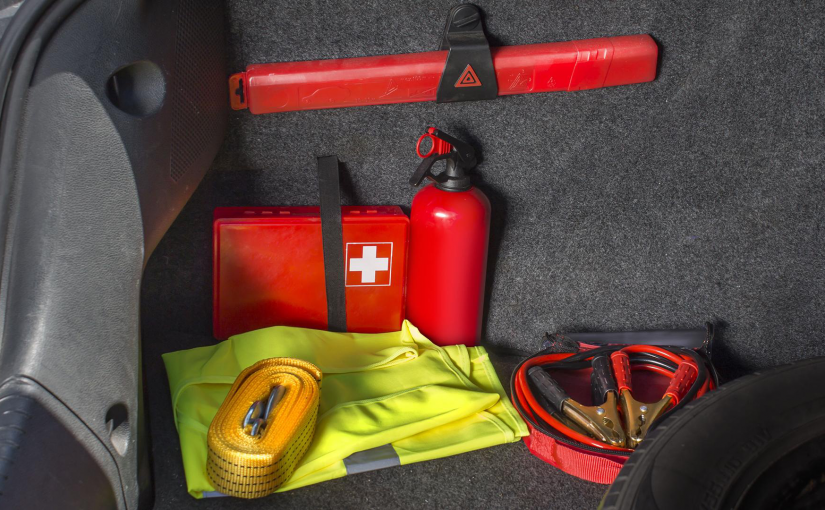Devin Way wakes up early, pulls on a fluorescent green safety jacket and grabs his stop sign – the armor of a crossing guard.
Three times a day, he stands at busy Halifax crosswalk and shuttles school children across four lanes of traffic.
The crossing guard has been yelled at, honked at, swiped by bumpers, and given the finger more times than he can count.
“I take that in what I do. But it is a precarious profession,” Way said after a recent morning shift.
“An epidemic of people being stuck in the crosswalks.”
Crossing guards are on the front lines of a protracted clash between cars and pedestrians, one that claims hundreds of victims across Atlantic Canada every year.
In 2019, Halifax Regional Police said 175 pedestrians were injured by vehicles, with four deaths. An additional 72 collisions involved vehicles and a bicycle, scooter or skateboard.
In St. John’s, there were 86 collisions in 2019 involving pedestrians, according to Service NL. So far in 2020, 14 pedestrians have been involved in collisions with vehicles in the Northeast Avalon region, the Royal Newfoundland Constabulary said.
The problem a police, government and community groups are trying to address.
Awareness campaigns across Atlantic Canada, like Heads Up Halifax, promote safer behavior on the roads.
A few streets in the region have been redesigned with speed bumps, raised crosswalks, narrower intersections, and reduced speed limits.
Still, vehicle-pedestrian collisions continue.
Visibility not the main factor
In Halifax, the majority occur in crosswalks with clear weather conditions and in daylight. The peak time for collisions is about 8 a.m. and 3 p.m. on weekdays – when crossing guards are at their posts.
Yet even crossing guards – with their neon reflective vests, stop sign and training – get hit.
In January, a Halifax crossing guard was injured when a two-vehicle collision sent one car careening off the road, striking the guard who was standing on the side. Last year, a crossing guard was hit by a vehicle in Clayton Park while helping pedestrians cross the road.
“Getting worse,” said Glenna Casavechia, president of the Halifax crossing guard union CUPE Local 4814.
“We’ve been a crossing guard for 25 years and still amazed at how fast people go without even paying attention.”
Situated near the airport, this Caldwell Road Elementary School is in Dartmouth. She’s been yelled at, hit, and has witnessed rear-enders and cars going up on the sidewalks to avoid crashes.
Still, she keeps donning her safety news and ferrying students across the road to help them stay safe and “make a little extra money for the grandchildren.”
Casavechia said the problem is a lack of enforcement.
“They don’t enforce the rules on the drivers,” she said. “We need permanent radar signs, we need to remind people of the fines are doubled in school zones and we need a lower speed limit.”
Crossing guard pay, safety clothing allowance
Eugene Holloway, a crossing guard since 1985, helps pedestrians cross the street at the intersection of Quinpool and Connaught on Tuesday, January 28, 2020. Eugene Holloway, a crossing guard since 1985, helps pedestrians cross the street at the intersection of Quinpool and Connaught on Tuesday, January 28, 2020. – Ryan Taplin
Despite the risks crossing guards take to help kids get to school safely, many make minimum wage or slightly more.
Halifax’s 150 crossing guards earn $ 14 an hour and receive a $ 175 clothing allowance upon hire. The majority work a 3.5-hour shift, although a handful only works two hours if no lunch-hour shift.
In Charlottetown, the city’s 22 crossing guards make the minimum wage or $ 12.25 per hour, and most work three hours a day.
The city of Moncton was unable to say how much its crossing guards make. It pays an hourly rate of $ 14.25 to $ 14.75 to Neptune Security, a private contractor who oversees the municipality’s 29 crossing guards. A spokesman for Neptune said he could not divulge the pay of its employees, as it goes against the company’s policies.
In St. John’s, 16 crossing guards are paid between $ 12.59 and $ 13.96 an hour, and receive a weekly travel allowance if they travel more than 1.6 km to the school.
While most crossing guards across the region receive a piece of reflective safety news and hand-held stop sign, John’s they are also provided with a whistle and rain suit.
Contributing factors
Students cross the street to attend Birchwood Intermediate School in Charlottetown in this file photo. – Alison Jenkins
“Drivers in St. John’s are faster and wilder than they used to be,” said Roger White, a geography professor at Memorial University.
“Gotten worse over the last 20 or 30 years and still not enforcing here.”
He said sidewalks are rarely adequately cleared, forcing pedestrians to walk into the street.
Daniel Fuller, the Canada Research Chair in Population Physical Activity at Memorial University, said roads need to be safer for everyone – including drivers.
“We need to focus the conversation away from just making pedestrians safer because then we get into this pedestrian versus driver argument,” he said.
“We need policies like Vision Zero that are going to make the roads safer for everyone.”
Vision Zero aims to improve road safety to eliminate deaths and serious injuries on the road. The idea is that by making the roads safer for the most vulnerable users – like school children and the crossing guards helping them – roads will also be safer for motorists.
Fuller said changing road design, particularly at intersections, and reducing speed limits are proven ways to improve road safety.
“Every time you add 10 km to the speed, you double the risk to the person being hit,” he said. “Violated an exponential curve.”
